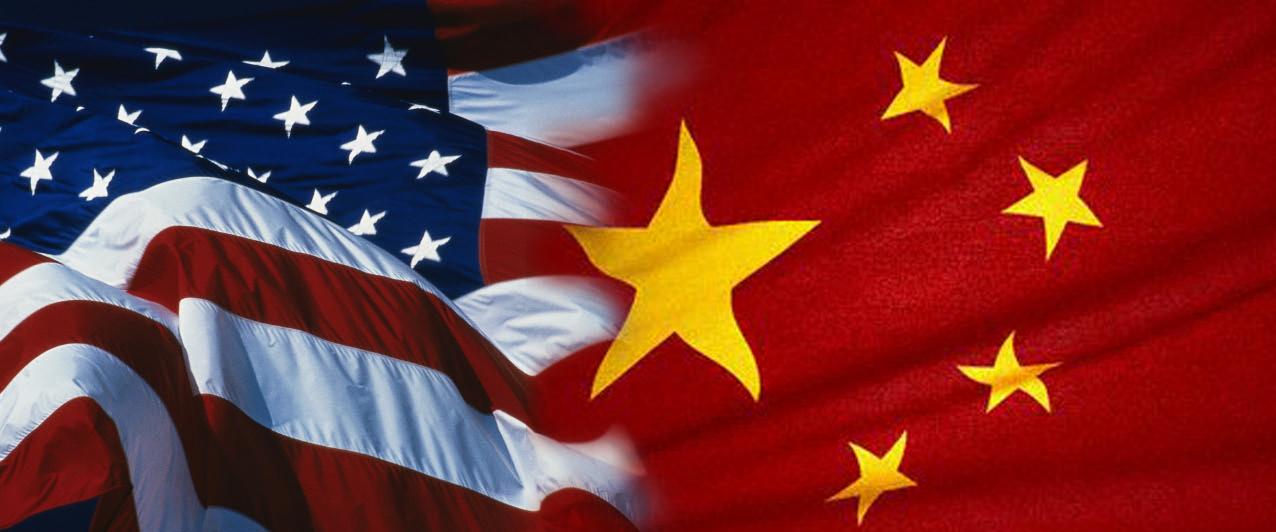The April 2015 release of a report by the Council on Foreign Relations, the bastion of America’s foreign policy establishment, calling for a more assertive U.S. stance toward China has stirred speculation that longstanding bipartisan support for engaging Beijing is waning. Indeed, the report’s authors don’t mince words. Portraying the People’s Republic of China (PRC) as America’s most formidable strategic rival, aspiring to supplant the U.S. as Asia’s preeminent power, they conclude that Washington should focus on ways of “balancing the rise of Chinese power” instead of continuing policies aimed at integrating China into the existing global order, which have had the unintended effect of “assist[ing] its ascendancy.”
Few questions loom as large in international security as the future course of relations between China, its external ambitions expanding in tandem with its resources, and America, determined to preserve its privileged global status. A favourite parlour game of international affairs experts is to forecast whether this vital relationship will defy the historical odds by evolving amicably or repeat the past pattern of heightened tensions arising from the irreconcilable agendas of a hegemon and emerging peer competitor.
One way of surmising which scenario is more likely is to consider how the U.S. will respond to China’s steady ascent. American strategists have generated a wide array of ideas on this issue, the aforementioned Council on Foreign Relations report being only the latest in an avalanche of policy proposals. This is the first of six articles that will briefly examine the premises and assess the viability of six possible U.S. strategies toward the PRC: (1) confrontation, (2) enhanced balancing, (3) containment and engagement, (4) integration, (5) accommodation, and (6) offshore balancing.
A key takeaway from this six-part series is that while America’s strategic options toward China vary considerably in assumptions of the PRC’s capabilities and the appropriate means of checking them –ranging from belligerent tactics of preventive war and economic strangulation to a withdrawal of U.S. forces from the Asia-Pacific –all are nevertheless united in a deeply embedded suspicion of China’s long-term intentions and a commitment to thwarting any challenge to American supremacy in Asia. In this sense, the popular practice of branding certain approaches as “dovish” and others as “hawkish” can be misleading; the tactics vary, but the objective of containing China is consistent and is understood as such by decision-makers in Beijing.
This dynamic creates a dilemma for any future U.S. administration hoping to avert tensions with China. Washington’s determination to preserve its strategic standing over Beijing has contributed to a recent heightening of strategic distrust between the two countries and poses ominous complications for the trajectory of this bilateral relationship. As tensions with China escalate, the United States will most likely pursue a combination of strategies, each of them provocative to Beijing, that emphasizes a strengthened regional military footprint and seeks assurances of the mainland’s peaceful intentions by pushing for democratization in China and pressing it to assist in upholding the liberal world order. Such an approach will likely trigger Chinese resentment and, at minimum, measures aimed at resisting U.S. objectives.
Confrontation
The most radical policy option toward China, confrontation has attracted few adherents. It’s championed most notably by University of Chicago political scientist John Mearsheimer, whose theory of “offensive realism” depicts the international state system as dominated by great powers that are fearful and mistrustful of one another, prone to “zero-sum” mindsets that depict gains for one as a loss for themselves, and in perpetual search of ways to maximize their share of world power. In a threatening, anarchic environment with no central authority or global policeman to protect nations from one another, a state can never be sure of another’s intentions and can rely only on itself for survival. Survival, in turn, can only be realized through the attainment of hegemony.
For confrontationists, the implications of this dynamic point to a conflict-ridden future for Sino-American relations. Mearsheimer bluntly concludes that China cannot rise peacefully and will seek to dominate East Asia, while its continued economic growth over the next few decades will eventually produce an intense security competition with the U.S. that has considerable potential for war. In light of this harsh logic, confrontationists maintain that the longstanding U.S. practice of engaging China is both futile, as the irreconcilability of the two powers’ objectives precludes accommodation, and misguided, as efforts to integrate the mainland into the world economy have only strengthened it. The United States should instead focus its efforts on slowing China’s ascent and “weaken[ing] it to the point where it is no longer a threat to rule the roost in Asia.” While Mearsheimer is vague on policy prescription, it appears that a strategy aimed at reversing China’s upward trajectory would have to rely on one of preventive war or economic strangulation, or a combination of the two.
Of America’s possible strategic options toward China, confrontation is the least likely to be adopted. Undertaking a preventive war against the PRC, a fully developed nuclear power with the capacity for delivering a catastrophic response to an American attack, would represent a dramatic departure from existing thinking and require an unlikely, catalyzing shock to the system, such as an unprovoked Chinese assault on U.S. troops stationed in Asia or on American soil. Historically, surprise attacks –the British occupation of Washington in August 1814, the Japanese bombardment of Pearl Harbor, and the September 11, 2001 terrorist attacks – have accounted for the starkest shifts in America’s national security strategy by yielding vigourous responses to safeguard the homeland.
Short of such a jarring event, it is exceedingly difficult to envision such a strategy garnering support at home or among regional allies. Securing support from America’s Asian partners, whose cooperation in any military or economic showdown against China would be vital to its success, would be particularly challenging. While anxious about Beijing’s recent sabre rattling in the East and South China Seas and its long-term intentions, their interest in a reassertion of America’s regional defence commitments is balanced by an understanding that their own future prosperity is inextricably linked to continued trade with an economically vigourous China, as well as an unspoken fear that a sustained American presence in the region cannot be guaranteed. These pressing economic and strategic considerations for China’s neighbours mandate a tight-rope course that maintains good relations with both Washington and Beijing.
Perhaps the biggest problem with a strategy of confrontation is its lack of viability. As one leading expert notes, “China literally could not be contained even if it were decided that this was a wise course of action, precisely because of China’s existing integration in the global system. The genie cannot be put back into the bottle.” Any effort to weaken China’s economy by, say, blocking its access to the global trading system would harm the U.S. as much as China, not to mention ignite a firestorm of protest from politically powerful domestic constituencies with vested interests in sustaining economic links to the mainland. Beijing, unlike Moscow during the Cold War, would have formidable tools at its disposal for retaliating against any act of economic warfare. The extent of China’s ties to both the American and global economy have created a degree of interdependence that considerably narrows the scope of threatening actions that a rational, economically self-interested actor like the United States can adopt toward the PRC.
Part II of this series will focus on the strategic option of enhanced balancing.




